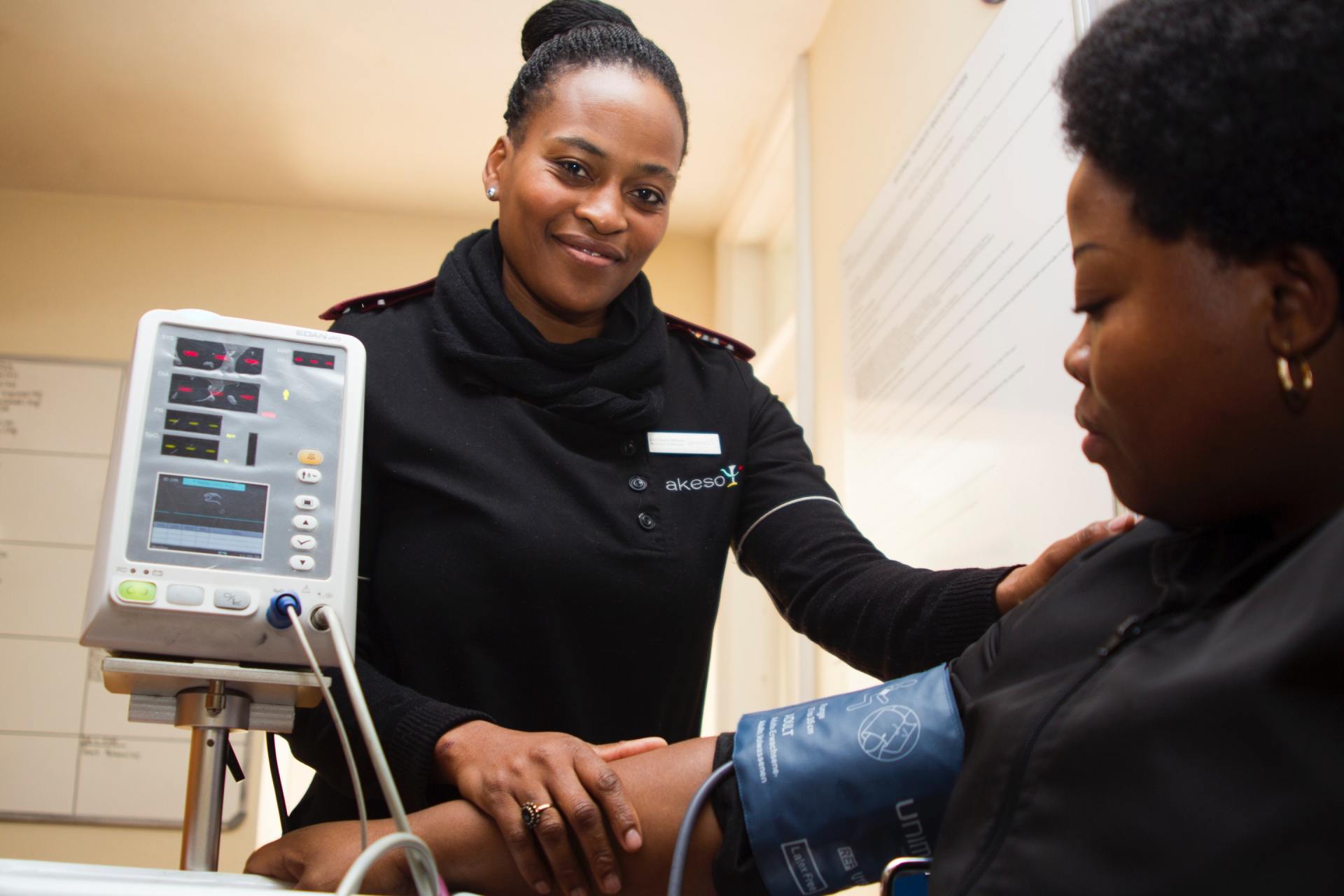Healthcare Provider Shortage In America
- By Locums, Inc
- •
- 01 Nov, 2018

It’s being predicted that within the next ten years, the United States will see a shortfall of many tens of thousands of qualified practicing physicians. The number varies wildly, with conservative estimates placing it at around 46,000 and more pessimistic estimates up around 90,000 .
This is worrying news for everyone — patients will be waiting longer to receive medical care, and practices will be at a loss to hire practitioners to meet growing demand.
Here’s a quick rundown of the problem, and how it will affect healthcare in the country without efforts made to reverse the situation.
A Few More Physicians, A Lot More Patients
First of all, it’s not that the number of active physicians every year is going down. On the contrary, the total number of physicians — both in general care and specialist practice — is actually going up .
The problem is, it’s not going up quite fast enough.
Between 2010 and 2015 the number of active specialist physicians only rose by about 2%. Residency slots are increasingly steadily, but by about 1% per year.
Meanwhile, America faces a threefold problem when it comes to the number of patients it needs to care for.
The first problem is that the population is increasing. This is a natural process for any developed nation.
Unfortunately, the second problem is that the population is ageing . More people are living to older and older ages than previous generations. Baby boomers in their 60s and 70s have more medical problems, and more complex ones, than people in their 20s, for example. This requires not only more general care, but also more specialist care to treat issues like arthritis and cardiovascular problems.
Lastly, the Affordable Care Act has given many more Americans access to healthcare than in the past. This has accelerated the need for more physicians, to meet the growing demand.
Lack of Funding for New Physicians
Graduate medical education in the USA is largely funded by Medicare. Medicare funding hasn’t been increased since 1997 with the introduction of the Balanced Budget Act; this capped the spending on residency training positions within the country.
The Associate for American Medical Colleges argues that increased funding is needed for an additional 3,000 more doctors every year. This is particularly pertinent for areas of healthcare where physicians are decreasing; general surgeons are in short supply and active psychiatrists have dropped almost 1.5% from 2010 to 2015.
But is more funding for more physicians the only answer? It’s certainly necessary, but it’s also important to look at the other solutions we already have that are being under-utilized.
The Solutions We Already Have
All of this data and worry is based on one thing: looking at the total number of doctors versus the demand for patient care. This is an important metric, but it ignores many other facets of health care that could compensate for the shortage.
Nurse practitioners, for example, are fully qualified to provide primary care to a variety of patients. Family, emergency, and even specialist areas — nurse practitioners can be qualified and authorized to provide primary care for all of them. But their numbers aren’t considered when talking about a provider shortage.
Redistribution of physicians is another option. When looking at the total population, the USA has few doctors per 1,000 people — just 2.56, compared to 4.99 in Australia — but many of these are clustered in busy city centers. So while some places face a drastic shortage of physicians, others may have enough or even too many on-hand.
New technologies also aren’t being taken into consideration. Telehealth, whereby consults can be done at distance, could alleviate the need for redistribution of physicians and also increase the ability of physicians to help more people. Medicines and devices which can treat easily treated problems could drastically lower the workload on physicians if they were made more available.
The list goes on.
So while it’s true that there is a shortage of physicians, and that an increased number of active physicians is necessary, we should begin looking at the broader picture of healthcare to realize what alternative options there are to alleviate the shortage and provide better care to patients across the country.












